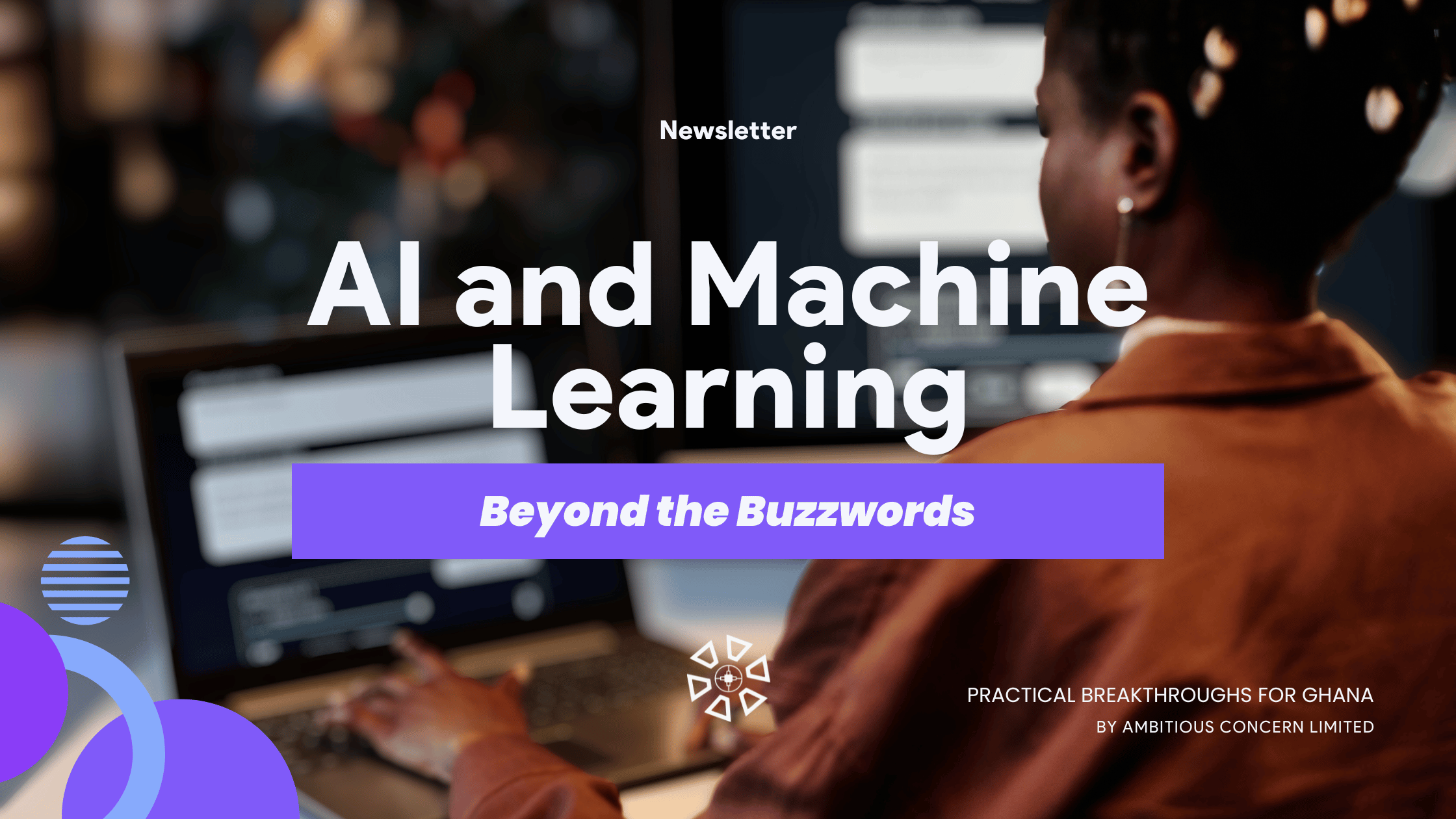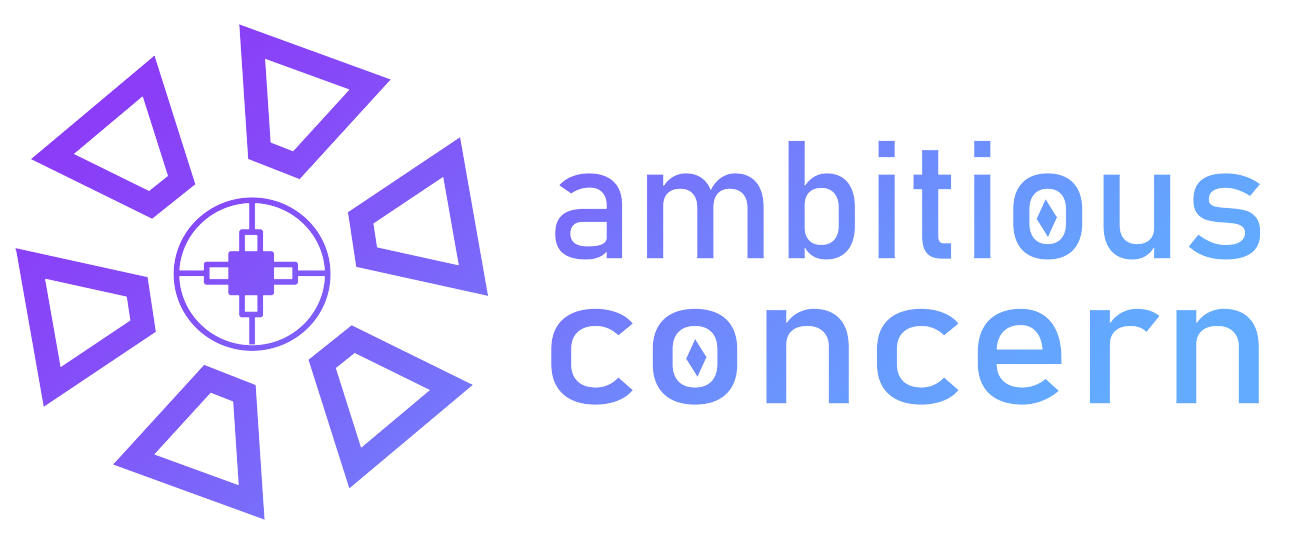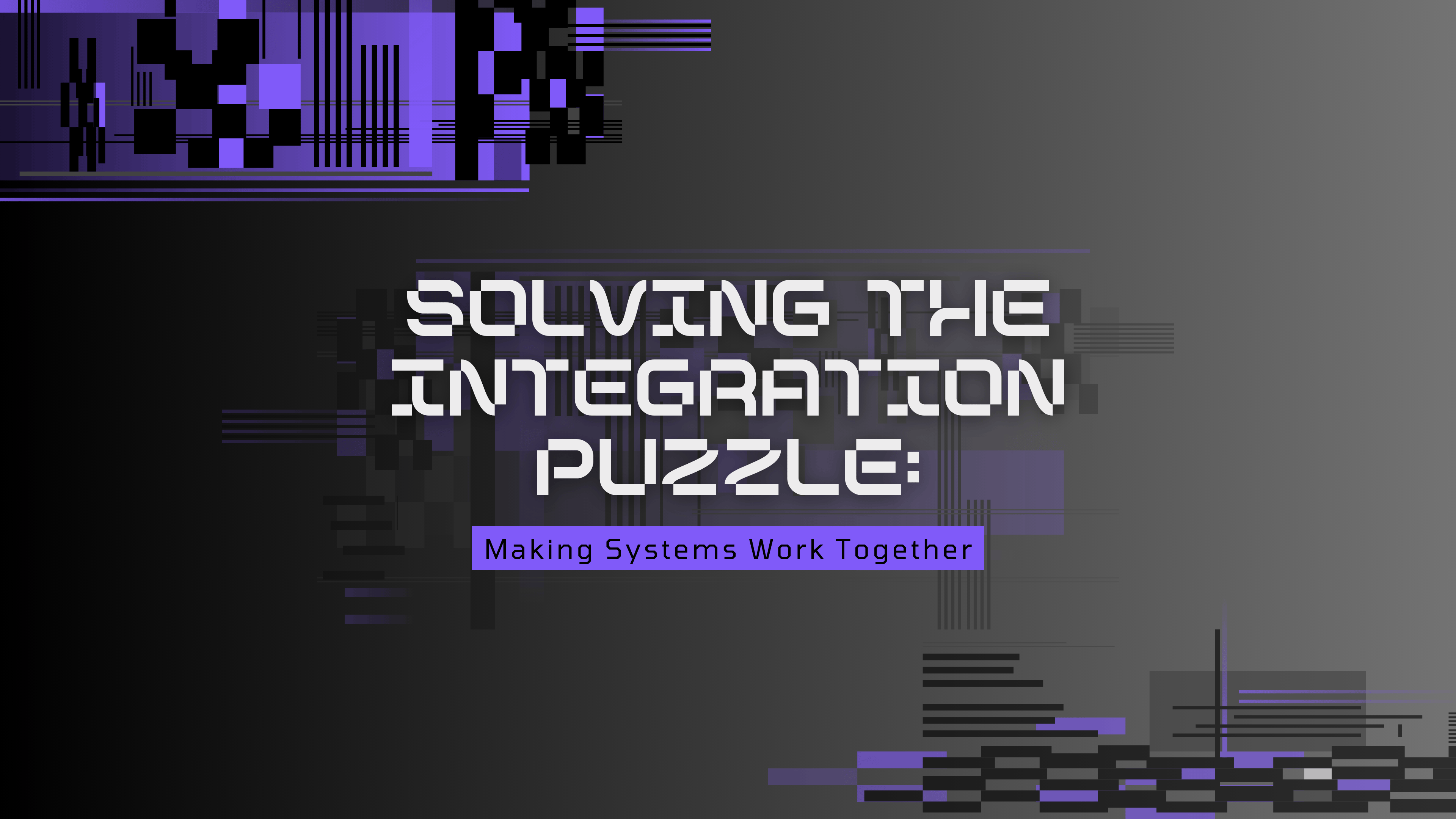AI and Machine Learning Beyond the Buzzwords
Practical Breakthroughs for Ghana

AI and Machine Learning Beyond the Buzzwords
Artificial intelligence and machine learning are no longer distant promises. In labs and in product launches around the world, new methods and tools are delivering concrete capabilities. Many of these developments have not yet reached mainstream conversation in Ghana. This article highlights nine practical discoveries and innovations, explains why they matter, and offers clear next steps for entrepreneurs, public institutions, and tech teams in Ghana and West Africa.
1. Neural radiance fields and fast 3D rendering
What it is: Neural radiance fields, often called NeRF, learn a 3D scene from ordinary 2D photos and then synthesize new, photorealistic views. Recent advances such as 3D Gaussian splatting greatly speed rendering and improve realism.
Why it matters: NeRF style tools make creating accurate 3D models cheap and fast. Use cases include virtual tours, heritage preservation, remote inspections, and training simulations.
Implications for Ghana: Low cost 3D mapping could help mining audits, tourism promotion, remote site surveys, and vocational training without expensive hardware.
2. Mixture of experts and sparse model architectures
What it is: Mixture of experts, or MoE, routes tasks to parts of a very large model so the system uses less compute per request. Sparse architectures deliver much of the capability of giant models while cutting operating costs.
Why it matters: Affordable access to powerful language and multimodal capabilities becomes possible. Startups can deploy sophisticated features without prohibitive cloud bills.
Implications for Ghana: Local firms can build useful language services, chatbots, and summarizers tailored to Ghanaian contexts at manageable cost.
3. Regional language models for African languages
What it is: New large language models trained on African languages and dialects are emerging. These models reduce errors in translation, transcription, and understanding for languages such as Akan, Yoruba, Hausa and others.
Why it matters: Models that natively handle local languages unlock voice assistants, education tools, automated customer service and local content creation.
Implications for Ghana: Language aware models make digital public services and telehealth more inclusive. They lower the barrier to using AI for people who prefer local languages.
4. Telco and cloud partnerships adapting global models
What it is: Network operators and cloud providers are partnering with AI labs to fine tune models for regional use. These collaborations help adapt models for local languages and mobile environments.
Why it matters: Telcos can integrate adapted AI features into mobile platforms. This speeds adoption because telcos already reach millions of users.
Implications for Ghana: Partnerships between telcos, cloud providers and local developers can accelerate safe and useful AI deployment for services such as customer care, fraud detection and mobile assistants.
5. Field ready agritech like AI mentors for farmers
What it is: AI driven services deliver advice to farmers by SMS, WhatsApp or voice. They combine farmer reported data with remote sensing to provide tailored recommendations.
Why it matters: AI mentors help smallholders improve yields with actionable, low cost advice. They work on simple phones and do not require constant internet.
Implications for Ghana: Wider deployment can increase productivity, reduce input waste and link farmers to markets with smarter forecasting and targeting.
6. Drone imaging plus computer vision for crop health
What it is: Affordable drones capture high resolution imagery. Computer vision models analyze that imagery to detect disease, nutrient stress and water problems early.
Why it matters: Automated aerial scans scale inspections and permit targeted interventions before problems spread.
Implications for Ghana: Large farms and extension services can use drone plus AI pipelines for early warning and to allocate fertilizers and pesticides more efficiently.
7. Self supervised and synthetic data methods
What it is: Self supervised learning uses unlabeled data to pretrain models. Synthetic data generation creates realistic training examples when labeled data is scarce.
Why it matters: These methods overcome a key constraint in African settings: lack of large labelled data sets. They enable model training with limited local resources.
Implications for Ghana: Universities, startups and ministries can build useful models for niche applications without expensive annotation campaigns.
8. Multimodal and on device machine learning
What it is: Multimodal models process text, audio and images together. TinyML makes models small and efficient so they run on phones, sensors and edge devices without continuous cloud access.
Why it matters: On device inference reduces the need for stable internet, lowers latency and improves privacy.
Implications for Ghana: Offline diagnostics in clinics, on phone crop disease detection and speech interfaces for local languages become feasible in low connectivity settings.
9. Retrieval augmented generation and agentic assistants
What it is: Retrieval augmented generation, or RAG, combines a company or agency knowledge base with a language model so answers use current, authoritative documents. Agentic assistants orchestrate tasks across calendars, CRMs and other apps.
Why it matters: RAG reduces hallucination and produces reliable, up to date answers. Agents automate routine workflows and boost staff productivity.
Implications for Ghana: Public agencies can build searchable policy assistants, banks can create compliance helpers, and businesses can automate reporting and customer support.
Recommended next steps for Ghanaian organizations
-
Invest in language and data initiatives Support datasets, transcription efforts and collaborative data repositories for local languages and domains.
-
Prioritize efficient architectures Use sparse models and TinyML to reduce cost and improve access on limited infrastructure.
-
Pilot field ready solutions Start with agritech and telehealth pilots that have clear metrics and short feedback cycles.
-
Build synthetic and self supervised pipelines Train useful models without large labelled corpora by using synthetic examples and unlabeled data.
-
Establish ethics and governance Create audit processes, privacy standards and human in the loop checks before scaling systems in sensitive areas.
-
Partner with telcos and cloud providers Leverage existing mobile and cloud infrastructure to deploy adapted AI services at scale.
Final thought
These discoveries are not just academic. They are practical levers that can deliver immediate value in Ghana and across West Africa. By focusing on language, cost efficient architectures and field friendly deployment, the region can move from AI curiosity to tangible impact.
Fresh Perspectives, Timeless Wisdom Explore Our Latest Blog Edition
View AllJoin our newsletter to stay up to date on features and releases
Stay in the loop with exclusive updates, sneak peeks, and insider tips that will elevate your experience. Don’t miss out



